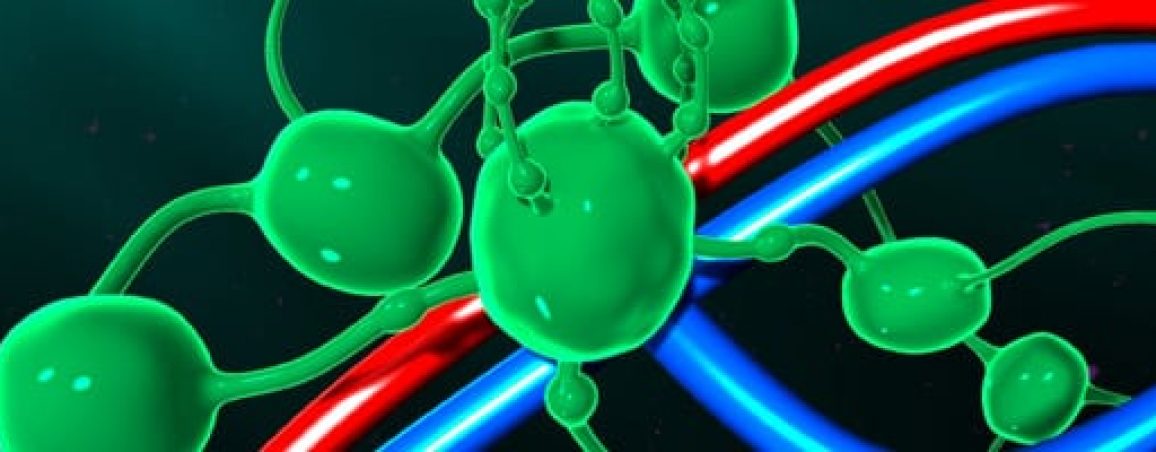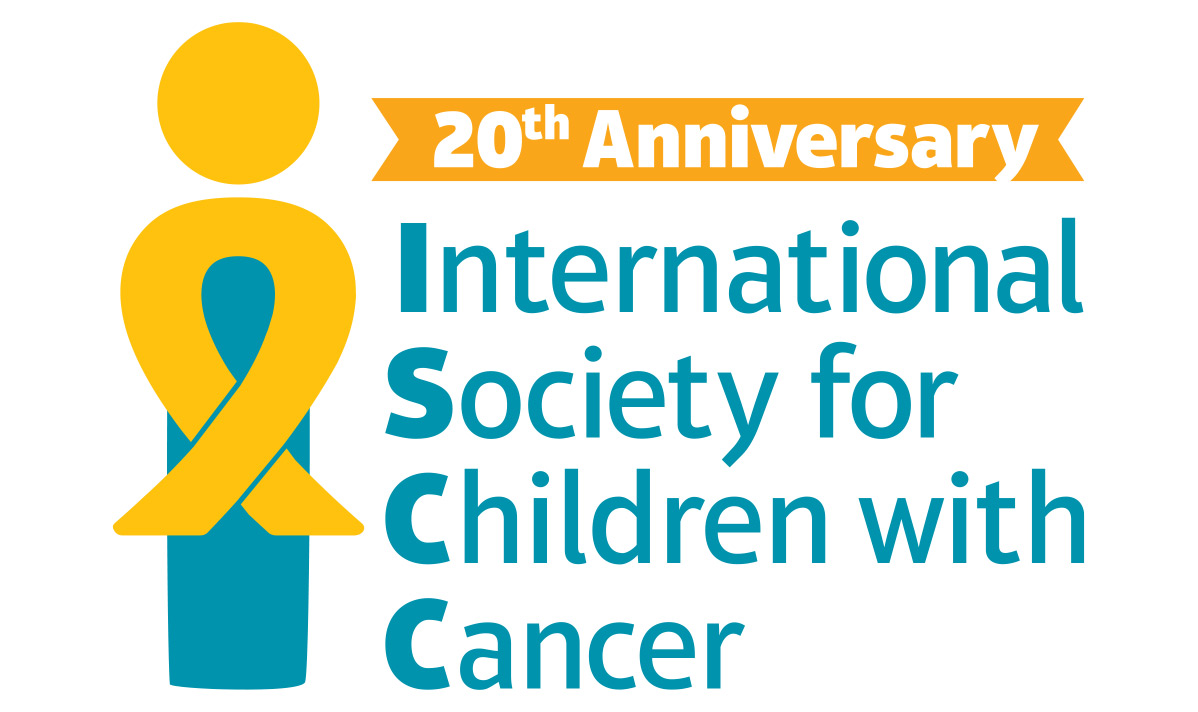Bean-shaped glands called lymph nodes sometimes becomes malignant (cancerous) or may be affected by other types of cancer originating elsewhere. Lymphoma is the term for the specific type of cancer that develops within the lymph nodes. It’s a form of cancer that affects nearly 2,000 children, adolescents, and teens annually in the United States. Hodgkin’s lymphoma and Non-Hodgkin lymphoma are among the most common forms of pediatric cancer.
What Lymph Nodes Do
Containing immune cells, lymph nodes play an important role in fighting infection by destroying germs. When healthy, lymph nodes effectively filter out foreign substances, including cancer cells. Located throughout the body, they are most abundant in the neck, armpits, and groin.
Identifying Lymphatic Cancer
Size, shape, and growth pattern are the characteristics used to classify types of lymphoma. Some forms of lymphoma cannot be identified by these characteristics alone. When this is the case, special lab tests are performed to determine what form of lymphatic cancer is affecting a child.
Non-Hodgkin Lymphoma
Originating in the lymphatic system, non-Hodgkin lymphoma is a type of pediatric cancer that develops from a special white blood cells found in the lymph nodes called lymphocytes. Affecting boys more than girls, lymphoblastic lymphoma is a type of NHL common in teens. More common in younger children, Burkitt lymphoma typically develops in the abdomen and results in a large tumor that sometimes blocks bowels. All forms of NHL that can affect children grow rapidly.
Hodgkin’s Lymphoma
Accounting for about 40 percent of all childhood lymphomas, Hodgkin’s lymphoma is characterized by enlarged lymph nodes. If lymph nodes in the chest are affected, children may experience difficulty breathing or develop an unexplained cough or heart issues due to restricted blood flow. Chemotherapy treatments are often highly effective with HL.
Risks Factors for Childhood Lymphoma
Children with preexisting immune deficiencies are at an increased risk of developing lymphatic cancer. Children who have had radiation treatment for other forms of cancer may also have a compromised immune system that increases the odds of developing some type of lymphoma. Most childhood lymphomas are not hereditary.
Early signs of most forms of pediatric cancer include unexplained weight loss, fever, and reduced appetite. Cancer in children is different from adult variations in that environmental and lifestyle factors rarely play a role. Despite being the second most common cause of death in children under 15 years of age, childhood cancer has an excessively high survival rate.











